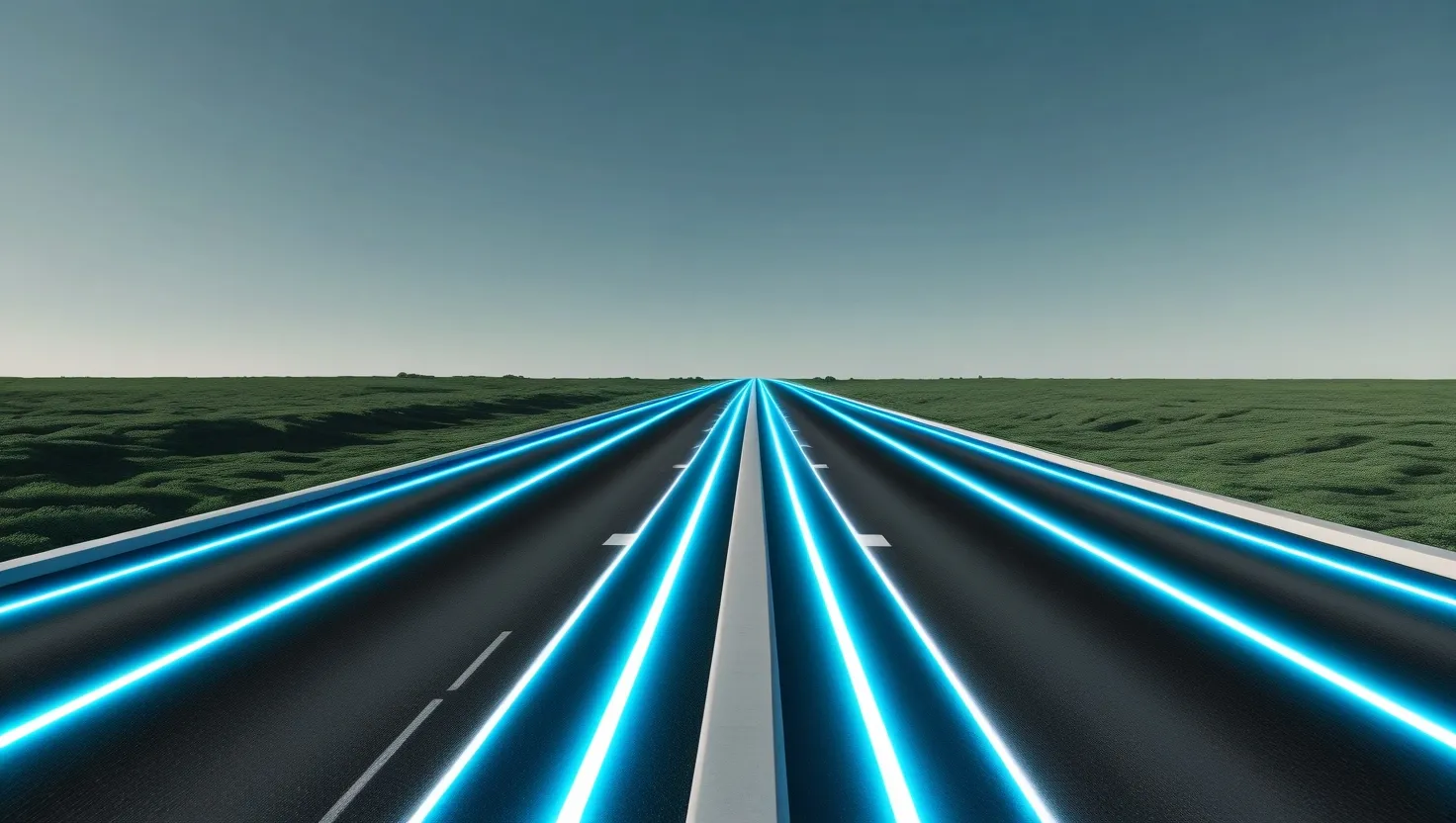Photonics: Illuminating the Future of Information Technology
In our fast-paced digital world, information is the currency that keeps everything moving. But have you ever wondered how all that data zips around the globe at lightning speed? Enter photonics, the superhero of the information age.
Photonics is all about light - creating it, detecting it, and making it dance to our tune. It’s like having a superpower that lets us control one of the most fundamental forces of nature. And boy, are we putting it to good use!
Think about how frustrating it is when your video call freezes or your game lags. Now, imagine a world where that never happens. That’s the promise of photonics. It’s not just fast; it’s speed-of-light fast. We’re talking about data traveling at speeds that make electricity look like it’s crawling.
Remember those old copper wires that used to carry our phone calls? They’re like horse-drawn carriages compared to the Formula 1 race cars of optical fibers. These thin strands of glass or plastic are the unsung heroes of our connected world. They’re carrying our cat videos, work emails, and Netflix binges across oceans and continents without breaking a sweat.
But it’s not just about speed. Photonics is also about capacity. Imagine trying to fit an elephant through a keyhole. That’s kind of what it’s like trying to push massive amounts of data through traditional electronic systems. Photonics, on the other hand, is like opening up a garage door. It can handle an incredible amount of information, making our networks more robust and capable than ever before.
And let’s talk about 5G for a second. You know how everyone’s buzzing about it? Well, photonics is what’s making a lot of that buzz possible. It’s extending the reach of 5G networks, making sure that even folks in remote areas can join the high-speed party.
Now, if you think photonics is just about making our internet faster, think again. It’s revolutionizing everything from healthcare to finance. Picture a surgeon performing a delicate operation on a patient thousands of miles away, with every movement transmitted in real-time thanks to photonics. Or consider how split-second financial transactions keep our global economy ticking - that’s photonics at work too.
But let’s bring it closer to home. Imagine walking into your house, and everything just works. Your thermostat knows you’re home and adjusts the temperature. Your fridge tells you you’re out of milk. Your security system gives you a thumbs up that everything’s safe. All of this seamless communication? You guessed it - powered by photonics.
And it’s not just about convenience. Photonics is making our world safer and more efficient too. In smart cities, traffic lights talk to each other, optimizing traffic flow and reducing congestion. Surveillance cameras can spot and report incidents in real-time. Even autonomous vehicles rely on photonics to navigate safely.
Now, you might be thinking, “This all sounds great, but what’s the catch?” Well, the good news is that photonics isn’t just efficient - it’s also cost-effective. Take silicon photonics, for example. It’s allowing us to mass-produce optical components using the same facilities that make computer chips. This means faster, cheaper, and more accessible photonic technology for everyone.
But photonics isn’t some newfangled technology that appeared out of nowhere. Humans have been fascinated by light for millennia. The ancient Egyptians saw it as a symbol of life and power. Fast forward to the 1970s, and we figured out how to use light to transmit information over long distances with minimal loss. It’s like we’ve been on a thousands-of-year journey to unlock the secrets of light, and we’re now reaping the rewards.
As we look to the future, the potential of photonics seems almost limitless. We’re talking about computers that use light instead of electricity to process information, making them incredibly fast and energy-efficient. We’re envisioning networks that can handle the massive data demands of artificial intelligence and machine learning without breaking a sweat.
But it’s not just about the technology. Photonics is having a real impact on our economy and society. It’s creating jobs, driving innovation, and opening up new possibilities in fields from defense to healthcare. In Japan, for instance, the push to bring fiber optic communication to every home and business has sparked a wave of innovation in e-commerce and new business models.
So, the next time you’re video chatting with a friend on the other side of the world, or streaming your favorite show in 4K, take a moment to appreciate the invisible light beams that are making it all possible. Photonics isn’t just illuminating our screens; it’s lighting the way to a brighter, more connected future.
As we stand on the brink of this new era, it’s clear that photonics is more than just a technological advancement. It’s a key that’s unlocking new possibilities in how we communicate, work, and live. From the smallest smart home device to the largest data centers, photonics is the thread that ties our digital world together.
In a world where information is power, photonics is the force multiplier that’s amplifying that power to unprecedented levels. It’s not just changing the game; it’s rewriting the rules entirely. As we continue to push the boundaries of what’s possible with light, we’re not just advancing technology - we’re shaping the very fabric of our future society.
So, the next time someone asks you about the future of technology, you can confidently say, “The future’s bright - and it’s powered by photonics!”






